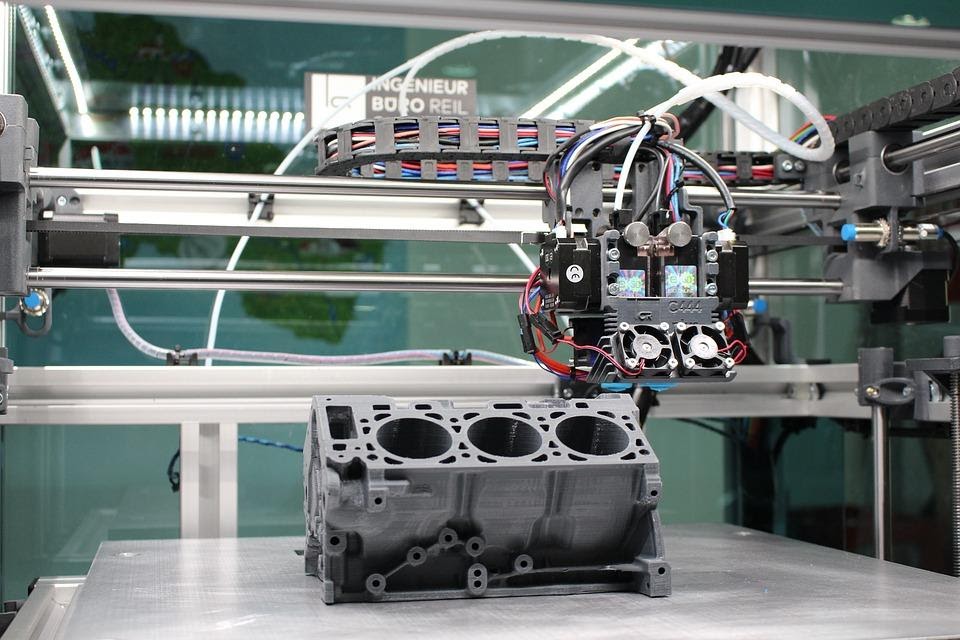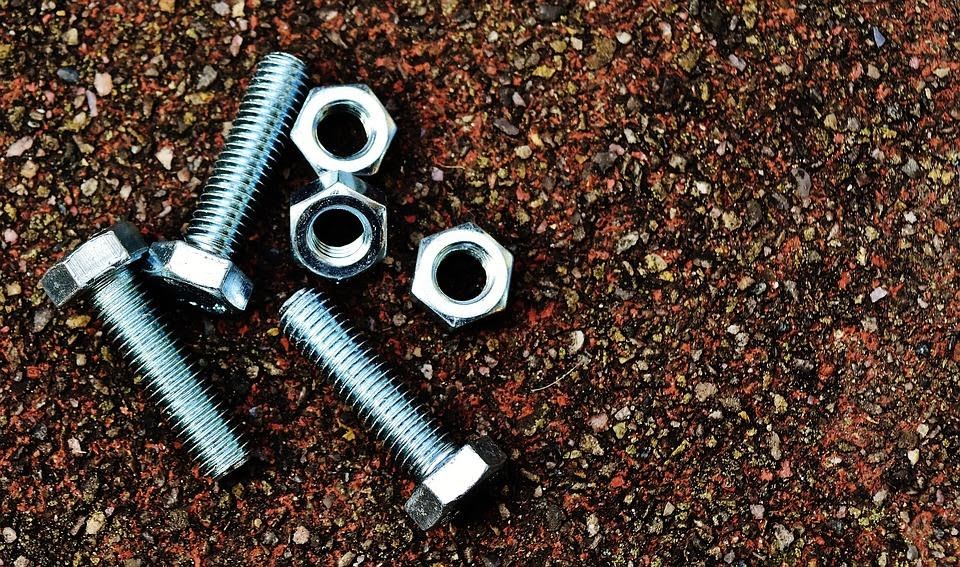
I’ve heard a lot of people say 3D printing is the future. While there certainly is potential for it to replace many forms of manufacturing in the coming decades, it does have limits. This is true with 3D printed prototypes as well. While it can handle most prototyping projects, there are situations where CNC machining or injection molding would be a better fit for your project.
When NOT to Use 3D Printed Prototypes:
Off the Shelf Components

It’s almost always cheaper to buy off the shelf components when you can. Off the shelf parts are already being mass produced, so they will be cheaper due to the quantity already in production.
Parts that are 3D printed need to have the 3D models programmed, which takes time and money. Because of this, existing parts will be less expensive and quicker to get than prototyping it.
Textiles
3D printers work by adding layers of plastic on top of each other. This is why it’s also known as “Additive Manufacturing”. Some higher end 3D printers can add layers of metal to make parts as well, though 3D printers that can do this have a rougher finish and can’t hold as tight as tolerances as CNC machining at this point.
3D printers also can’t add layers of fabric to produce clothing. They have a harder time with most organic materials such as wood or paper. The technology is being worked on and eventually they may be able to use organic materials.
Large Prototypes

You may have seen some cool videos of what 3D printers can do. Technology has allowed 3D printers to produce car chassis. However, there are a number of reasons why you shouldn’t 3D print large prototypes. 3D printers that are large enough to print sizable prototypes are going to be extremely expensive, and that will reflect in the cost of the prototype.
Parts made by 3D printing don’t share the same mechanical properties as parts that are machined. 3D printed layers are joined by an infill pattern, which is a lattice of printed plastic filling the interior of the printed part. As a result, 3D printed parts won’t have the same strength as parts made from solid materials via machining or injection molding.
For smaller parts, the difference in most cases won’t be crucial. However 3D printed parts can be prone to splitting in-between layers, and the issue will become more of a problem the larger a part is.
Flat parts can be an issue to 3D print as well. They can suffer from warping issues, and the larger it is, the less likely it will fit on the print bed.
Create Your Product Prototype. We Can Help.
Eventually, 3D printing will likely replace most forms of manufacturing. As of now, Additive manufacturing is ideal for many prototypes. If you need a quote for a prototype, contact us now! We can help you prototype your product by machining or 3D printing.
